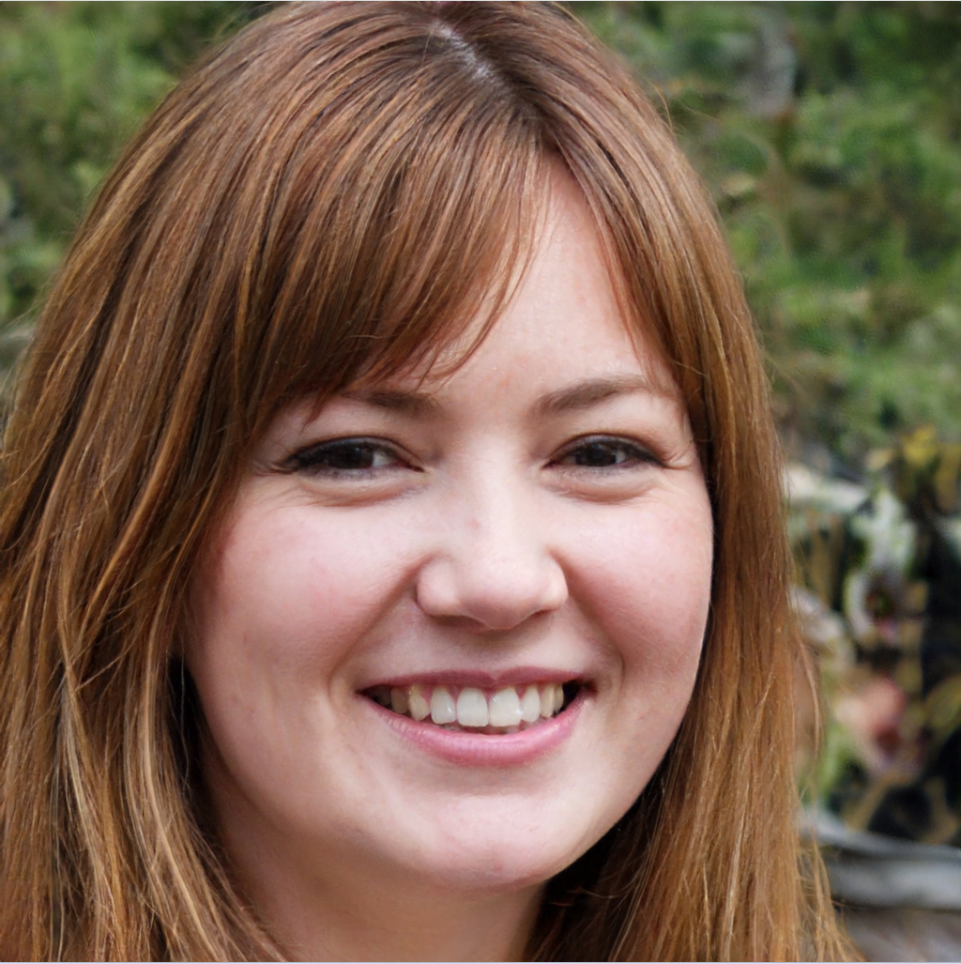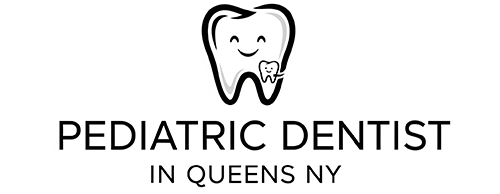My mate Sarah lives two hours from the nearest paediatric dentist.
Last spring, her six-year-old had a toothache, and she nearly broke down trying to figure out logistics—should she miss work? Pull him out of school?
Drive four hours round-trip for what might be a quick look?
Then her school nurse mentioned teledentistry.
Fast forward six months: her son’s cavity got treated, she kept her job, and he didn’t miss a full day of school.
That’s not a miracle—it’s what remote dental care looks like in 2025 for families stuck in America’s “dental deserts.”
The Brutal Reality for Rural Families
Look, I’m not going to sugarcoat this.
If you live more than an hour from a children’s dentist, getting regular checkups feels impossible.
You’re dealing with:
- Taking entire days off work (and losing pay)
- Pulling kids from school
- Burning petrol on long drives
- Waiting weeks—sometimes months—for an appointment slot
- Kids crying because they’re scared of new places
Miss enough appointments? Those small cavities turn into abscesses.
And suddenly you’re in A&E with a bill that’ll haunt you for months.
So What IS Teledentistry, Really?
Forget the jargon.
Teledentistry is basically a video call with a qualified dentist, plus some clever camera work.
Here’s how it works in practice:
- A nurse or health worker (often at your child’s school) takes clear photos of their teeth using a small camera
- Those images go to a licensed paediatric dentist
- The dentist reviews them, then hops on a video call with you and your kid
- They explain what’s going on, answer questions, and recommend next steps
- If something simple like fluoride treatment or even silver diamine fluoride is needed (that stuff that stops cavities without drilling—check this guide on SDF as a pain-free cavity solution), it sometimes happens right there
No epic road trip. No time off. Just proper dental care where your family already is.
Does It Actually Work? Let’s Check the Numbers
I’m a bit of a data nerd, so here’s what caught my eye:
Researchers at the University of Rochester tracked over 1,100 kids in rural teledentistry programmes between 2010 and 2022.
The standout stat? 81.6% finished their recommended dental treatments within six months after a virtual consult. Compare that to families who just… never go because it’s too hard.
Even better:
- 96.8% followed through when it was a simple office visit
- 89.7% completed treatments needing oral sedation
- 89.5% went through with operating room procedures when needed
(University of Rochester study, February 2025)
Another study found remote dental assessments were 85% as accurate as in-person exams for spotting common kid issues like cavities and gum problems.
Honestly? That’s solid.
Who’s This Really For?
Not everyone needs teledentistry.
But if any of these sound familiar, it might be a lifesaver:
- You live in a rural area where dentists are scarce
- Your kid has special needs and struggles with traditional dental offices (some programmes even integrate VR tech to calm anxious kids)
- Transport’s a nightmare
- You’re juggling multiple jobs and can’t afford the time off
- Your child freaks out in clinical settings
Real Parents, Real Stories
Dr. Sean McLaren (who’s seen hundreds of teledentistry cases) said something that stuck with me:
“Talking face-to-face with families before they travel cuts their anxiety in half. They know what’s coming, understand the treatment, and feel heard—even through a screen.”
A Head Start programme I read about lets kids get full dental exams, fluoride treatments, and cavity-stopping SDF applications without ever leaving their school building.
Think about that for a second. Kids getting proper dental care between maths and lunch. No parental panic, no missed wages, no drama.
(Head Start report, February 2025)
OK, But What Are the Downsides?
I’m not here to pretend teledentistry fixes everything.
Real limitations include:
- Some problems genuinely need hands-on exams or X-rays you can’t do remotely
- Rubbish internet in rural areas makes video calls a nightmare
- Insurance coverage is patchy—some states cover it fully, others barely at all
- Privacy matters—make sure your provider uses proper HIPAA-compliant platforms
- Kids still need a “dental home” (basically, one main dentist who knows their history—more on finding a dental home here)
The American Academy of Pediatric Dentistry says teledentistry should add to traditional care, not replace it entirely.
Fair point.
Where’s This All Heading?
Smart dental practices aren’t going full virtual or staying stuck in 1995.
They’re mixing both:
- Virtual consults for triage, quick questions, and follow-ups
- In-person visits when you actually need hands-on work
- AI tools that help dentists spot problems from photos (some systems hit 97% accuracy for stain detection and 85% for cavities—wild, right?)
- Mobile dental vans kitted out with teledentistry gear rolling into the most remote spots
That blend? That’s the future, and it’s already happening in pockets across America.
Questions Every Parent Asks
“Is this as good as seeing a dentist in person?”
For common stuff—cavities, gum checks, cleaning advice—yeah, pretty much. Studies show 85-97% accuracy depending on what’s being assessed. Complicated cases still need face-to-face.
“Will my insurance actually pay for this?”
Maybe. Medicaid often covers it, private insurance varies wildly by state. Ring them and ask specifically about “teledentistry reimbursement.”
“Can this replace regular dentist visits forever?”
Nope. The AAPD is clear—teledentistry’s brilliant for access and convenience, but kids still need an established dental home for ongoing care.
“What if my kid needs a filling or X-ray?”
The virtual dentist spots the issue and arranges a referral. Some mobile programmes bring X-ray equipment right to the community.
“Is my kid’s data safe?”
If the platform’s HIPAA-compliant, yes. Always confirm this before signing up.
What You Can Actually Do Today
- Ring your child’s school and ask if they offer teledentistry screenings
- Check your insurance coverage (seriously—just call and ask)
- If transport or distance is killing you, push for teledentistry options in your area
- Don’t ditch in-person visits entirely—use virtual for consultations and follow-ups
- Make sure your child has one main dentist who tracks their history
Bottom line: Teledentistry is giving rural American families a fighting chance at keeping their kids’ teeth healthy in 2025—without the four-hour drives, lost wages, and endless stress.

Dr. Mary G. Trice is a renowned pedodontist based in Queens, NY. With an unwavering dedication to children’s dental health. In addition to her clinical practice, Dr. Trice is the writer and manager behind the informative platform pediatricdentistinqueensny.com. Through this site, she offers valuable insights, tips, and resources for parents and guardians, aiming to bridge the gap between professional dental care and everyday oral hygiene practices at home.
